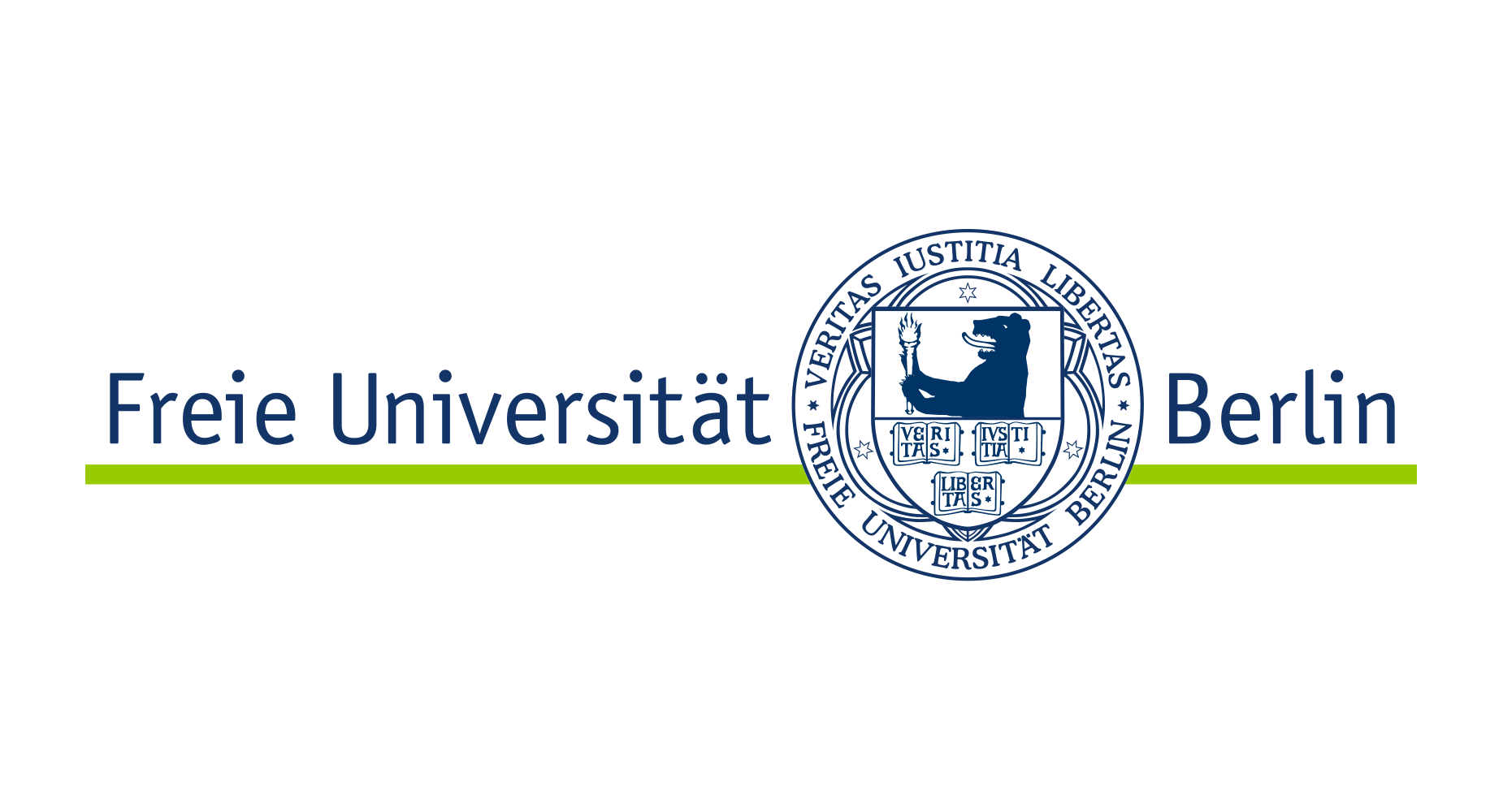Colombia, a Besieged Democracy with (New) Oligarchic Tendencies?
On 20 March, Colombia’s newly formed government suspended the cease fire it had only recently concluded with the Clan de Golfo, one of the country’s most powerful, remaining armed non-state actor (ANSA). The announcement followed repeated attacks against civilians in the country’s North-West ascribed to the group. Not even ten days later, the largest remaining guerrilla group, the ELN (also engaged in the government’s Total Peace initiative), killed nine soldiers in an attack in the frontier region with Venezuela. All this is indicative of the continued role violence plays in Colombia’s otherwise vibrant democracy, even after the conclusion of peace processes with Colombia’s most influential ANSAs—the FARC guerrilla and AUC paramilitaries. While peace with those groups may have led to the end of the counter-insurgency war that has ravaged the country for some 30 years, the rise of the Clan de Golfo, the strengthening of the ELN, and the consolidation of other post-FARC groups in their stead signals the beginning of a new cycle of violence. This blogpost details what distinguishes these post-FARC and post-AUC ANSAs from their predecessors and how their emergence threatens to ensure that Colombia remains a besieged democracy, despite all the progress it has made.
A New Guard of Armed Non-State Actors
Clientelistic warfare in the insurgency and counterinsurgency war ravaged Colombia between the late 1970s and late 2000s. In particular after Pablo Escobar’s death and the dismantling of the cartels, non-state armed groups on the left and right not only started to dominate the drug trade, they also managed governance relations in those areas they controlled, including quotidian affairs of civilians in those areas (anything from theft to marital problems). Importantly, they often also co-opted local political offices by either preventing candidates from running or making sure that their chosen candidates would receive the necessary votes through vote buying or coercion. In that context, it is important to remember that Colombia has always been an outlier case in South America: while Chile, Brazil, Argentina (to name only three) have seen brutal dictators come and go, Colombia has not made any experiences with authoritarianism. On the contrary, since the new constitution in 1991, Colombia has been an exemplary democratic country with a profoundly liberal constitutional regime. Yet, organized violence persists and continues to threaten the health of its democracy.
While the end of the FARC-EP has arguably ended this type of counter-insurgency war—after all, atrocities associated with that phase of the conflict, such as kidnappings and massacres, have diminished substantially—a new cycle in Colombia’s conflict might be about to begin. The eruption of violence since the implementation of the Havana Accord (2017) in those areas that have often experienced the brunt of the war in the past—e.g. Nariño, the frontier departamentos with Venezuela, the Caribbean North—eerily affirms these fears. In particular, systematic, targeted killings at the local level have re-emerged, thwarting the blossoming of democratic practices. While this has been a long-standing problem in Colombia, this new wave of violence is perpetrated by a new set of ANSAs that only formed after Colombia’s successful peace processes with the FARC-EP and the AUC. Drawing on their predecessors’ know-how of using armed violence and repression to establish territorial control, they have resumed the harassment of local populations when they attempt to cast their votes, and kill those that exercise their rights to assembly and freedom of speech. Their victims are systematically chosen, with civil society organizations seeking to democratize those areas after peace with the FARC often paying the highest price.
Even though these new, post-demobilisation groups draw most of their soldiers from the rank-and-file of the former FARC and AUC, they have more in common with each other than with their respective predecessor group. In particular, they are much more criminalized and less political than their predecessor groups. Their current political pamphlets are not much more than shambolic reiterations of incoherent political vocabulary, and certainly miss the political pathos of the founding documents of the FARC, or even the AUC. At the same time, however, since they are populated by the same people who were part of AUC or FARC structures, they are correspondingly well-versed in the exercise of localized political power backed by the iron sword of coercion. In other words, they combine criminal entrepreneurship with the know-how of building localized governance structures. More often than not, these serve the purpose of territorial control: a political practice if there ever was one.
The emergence of these new actors, collectively marked by their less political and more criminal character, may have been an unavoidable result of Colombia’s peace process with the FARC and AUC. The successful conclusion of such processes have been proven to uproot patterns of non-state armed actor behaviour, yet they also appear to have a convergency effect: ANSAs, over time, become more similar. To be sure, each process evolved very differently: the FARC-EP kept discipline—and even the local pax FARC—intact up until the implementation phase, while AUC paramilitary structures imploded immediately once secret negotiations with the government commenced (one Castaño brother at the helm of the organization, Vicente, even ordered the assassination of his brother, and co-founder of the AUC, Carlos Castaño). However, when peace policies were being implemented, the atomization of those groups became complete, and the behaviour increasingly similar: they harass local civil society actors, assassinate those that they cannot intimidate, and, above all, control the local drug production and trafficking.
New Actors, Old Problems?
A further threat to Colombia’s otherwise vibrant democracy is continued co-optation of often sub-national, representative institutions by non-state armed actors, who thereby extend their tentacles into the conduct of legitimate, democratic politics. The newspaper El Colombiano has published a long list of officials that have been on the pay list of the Clan de Golfo in recent years. It is difficult to predict what impact the aforementioned changes in the post-FARC/AUC security landscape will have on the country’s democratic institutions. However, the parapolítica scandal of 2007-2010 has shown that shifts in local violence systems in Colombia have upstream institutional effects, because those illegal armed actors organize the votes for democratically elected politicians. In the past, paramilitaries had spun networks with regional politicians (mayors and Members of Congress) for political coverage (hence the name parapolítica). When they demobilized, these relations became public. As a result, several Members of Congress went to jail, and the President at the time, Álvaro Uribe, spent a lot of political capital in smear campaigns (and more) against judges from the Supreme Court that were investigating members from his coalition (and family) in Congress.
The continuous assassinations of Communal Council (JAC) members since the start of the implementation of the Havana Accord suggests that there may already be new systemic effects unfolding, though these are difficult to identify at this early stage. In the past, such violent practices sprung up from “local demand” that took the form of specific political and business elites who solicited the “help” of ANSAs to violently “mobilize voters” for their own political gain. It is one of the reasons that political violence, in particular counterinsurgency violence during that period, cannot easily be explained with one argument: local (social, economic, and political) conditions matter, and they differ depending on region. These patronage networks persist to this day, with lethal consequences for civil society leaders who continue to be assassinated in peripheral areas of the country.
Colombia’s past has made the ramifications of these violence generating political pacts between political and economic elites and illicit armed actors clear. Their persistence within the political system is arguably why the country, despite its extraordinary political progress since the adoption of the 1991 Constitution, remains a besieged democracy. Thus, Colombia now has a very liberal constitutional regime with courts capable of protecting the integrity of the constitutional order, increasingly diverse and viable electoral options, and a vibrant civil society that affects real change. Nonetheless, it has remained incapable of combating oligarchic tendencies that undermine democratic rights within specific territorial pockets. It is here where democratic politics remain most threatened, and as long as ANSA’s continue to play a role in its local and national politics, this pattern is unlikely to change, and Colombia’s democracy will remain besieged.




